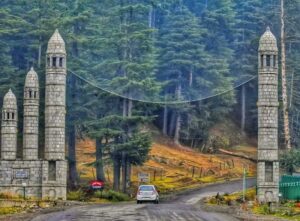As someone who has lived among Kashmir’s valleys for decades, I’ve watched travelers come and go. They seek the paradise we locals call home. Let me tell you about Pahalgam, our “Valley of Shepherds.” My ancestors walked this land for generations. Tourists flock to Gulmarg, but we Kashmiris cherish Pahalgam’s pristine waters and ancient trails. Here, timeless rhythms of life continue largely unchanged. The mighty Lidder flows through pine-scented forests. Meadows bloom with wildflowers. Pahalgam offers more than scenic views. It holds Kashmir’s authentic soul. In this Pahalgam travel guide, we share not just travel brochure highlights but experiences we locals treasure. You’ll discover hidden corners where our families have gathered for generations.
The Town: Pahalgam Travel Guide
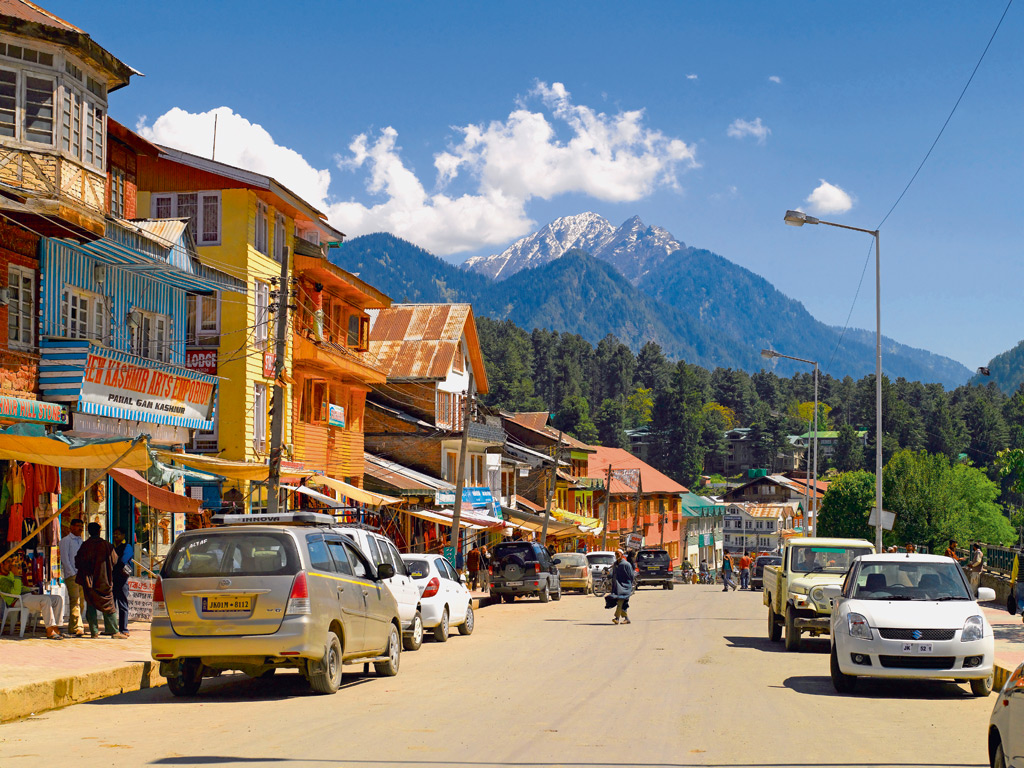
In Pahalgam town, life centers around the rushing Lidder River and the charming main market. Craftsmen sell woodwork, Kashmiri embroidery, and pashmina shawls here for generations. Our wooden-roofed shops tell stories of family craftsmanship.
Did You Know? The word “Pahalgam” comes from “Pahalgom” in Kashmiri, meaning “Valley of Shepherds.” My grandfather led his flocks to summer pastures here. He followed routes established over a thousand years ago.
Local Gatherings
We locals gather at the riverside during evenings, especially in summer. Older men play traditional “chaupat” board games while discussing local politics. Families bring homemade noon chai (pink salt tea) in samovars and Kashmiri breads to share. Visitors can join these gatherings. Simply approach respectfully, and someone will likely offer you a steaming cup of tea.
During autumn, we collect fallen pine cones and walnuts. We use these for cooking fires and winter treats. Ask any local about the best walnut gathering spots. They might share their family’s secret location.
Timing Your Visit
We locals prefer mid-morning market visits (10 AM – 2 PM) when shopkeepers display fresh goods. Spring (April-May) brings vibrant activity as we prepare for tourist season. Autumn (late September-October) shows our winter preparations. This offers a more authentic experience with fewer tourists.
Note to Visitors: During Amarnath Yatra (late June to mid-August 2025), our small town transforms as pilgrims pass through. You’ll see how locals provide centuries-old pilgrim services. We sell walking sticks with local designs and offer traditional remedies for altitude sickness.
The Valleys: Pahalgam Travel Guide
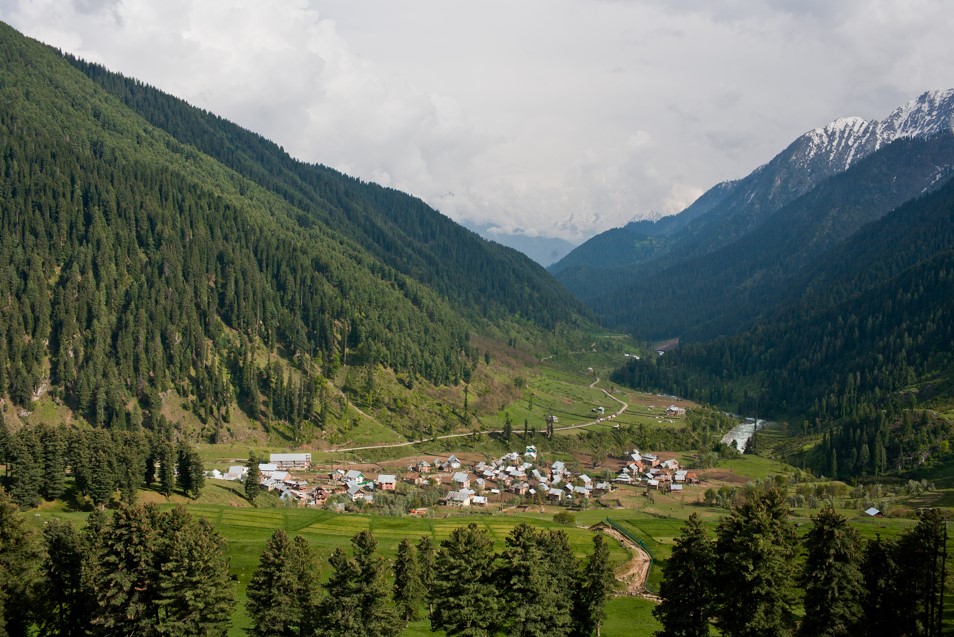
Aru Valley
Just 12 kilometers from Pahalgam, Aru holds special significance for our Gujjar and Bakarwal communities. This isn’t just a scenic tourist spot. Our nomadic families still bring their livestock here each summer.
Did You Know? My uncle’s family has taken their sheep to graze in Aru for over seven generations. The meadows produce unique herbs that give Kashmiri sheep cheese (kalari) its distinctive flavor. You won’t find this taste anywhere else in the world.
Seasonal Celebrations
In early summer, we celebrate the shepherds’ arrival with small gatherings. We distribute traditional roht (sweet bread). Visit during June and ask about these informal celebrations. People often invite genuinely interested visitors to join.
During autumn, families come here to collect mushrooms. These grow abundantly after monsoon rains. If you visit in late August or early September, ask your guide about morel mushroom hunting. These prized delicacies fetch high prices in markets. We’ve collected them for our family tables for centuries.
Connecting with Locals
Rather than just taking photos, talk with the permanent residents who maintain small shops year-round. Many demonstrate traditional wool spinning techniques. Some show how we make willow baskets using centuries-old methods.
Best Time to Visit: We locals visit at dawn (5-7 AM) to see mist rising from the valleys. The mountains truly speak to us then. May-June welcomes shepherds arriving with their flocks. September shows a quieter side as they prepare to descend to lower altitudes.
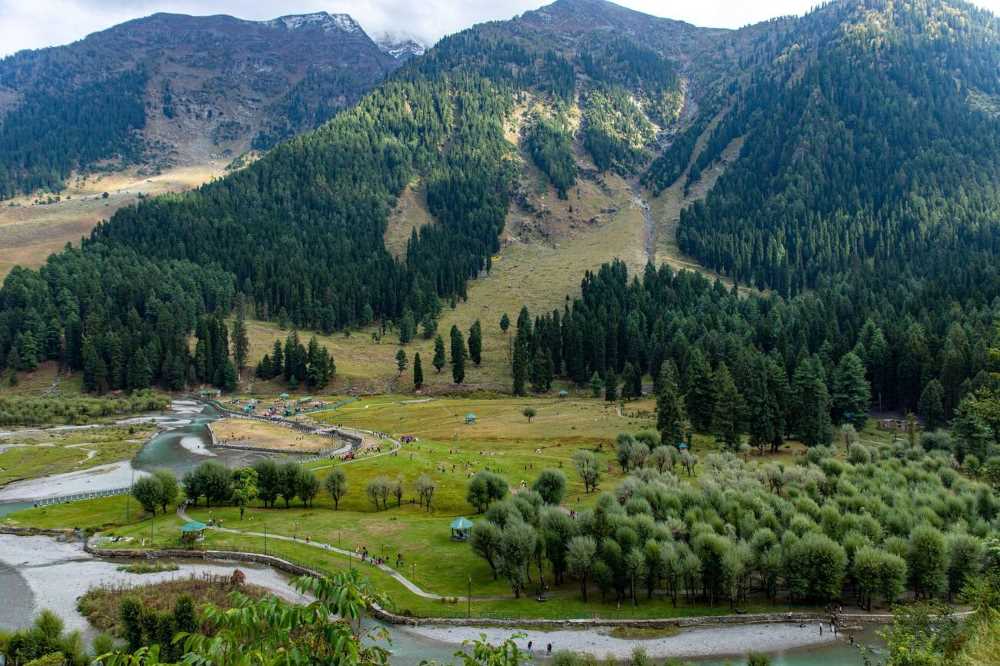
Betaab Valley: Pahalgam Travel Guide
Before Bollywood discovered this valley in 1983, we called it Hajan Valley after the nearby village. I spent many childhood summers swimming in its crystal waters and climbing the surrounding hills.
Did You Know? Before becoming a tourist attraction, local farmers primarily used this valley. They brought their cattle here during summer months. Our ancestors designed the natural irrigation channels centuries ago to direct snowmelt to their crops.
Morning Rituals and Gatherings
Early mornings still see locals collecting water from specific springs. Many believe these springs have medicinal properties. My grandmother insists that water from the northern edge spring cures digestive ailments. Many locals collect it in copper vessels.
During early autumn, families gather here for day-long picnics. We prepare traditional dishes like nadru yakhni (lotus stem curry) and rogan josh over open fires. The cooking smoke rising among trees signals summer’s end.
Beyond Tourist Paths
Instead of walking only manicured paths, ask about traditional picnic spots where locals gather. Express genuine interest, and many families might invite you to share their food. Some might teach you how to prepare Kashmiri wazwan dishes outdoors as we’ve done for generations.
Best Time to Visit: We visit in late morning (9-11 AM) when the sun warms the valley but before tourist buses arrive. April-May brings wildflowers we collect for natural dyes. October offers chances to see families harvesting final crops before winter.
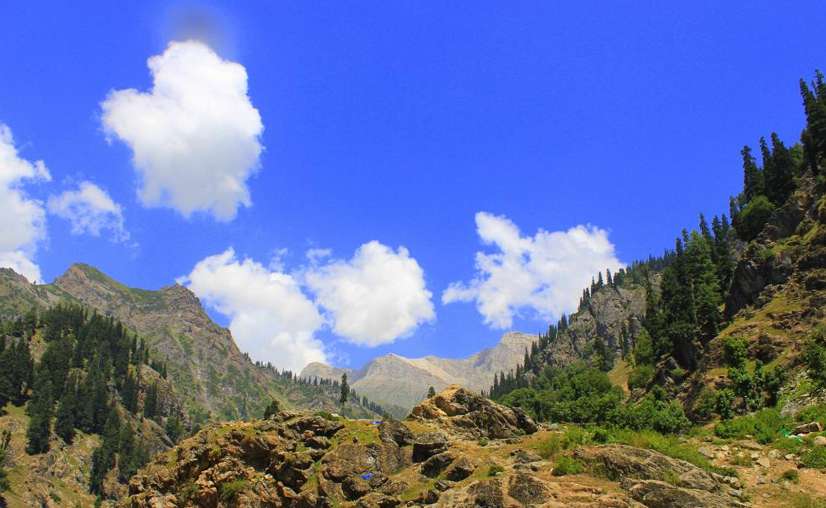
Chandanwari: Pahalgam Travel Guide
To us locals, Chandanwari means more than just the starting point of Amarnath Yatra. Here the mountains reveal their true character. My father brought me here as a child to show nature’s power when spring snowmelt sends the Lidder raging through narrow gorges.
Did You Know? Village elders use the “Sheshnag Rock” formation to predict winter weather. If snow accumulates in certain patterns by early December, we know to prepare for a harsh valley winter.
Family Traditions
During early summer, extended families come here for snow play. Not just children but grandparents too make snow figures and slide down gentle slopes. These outings often include cooking traditional harissa (slow-cooked mutton paste) on portable stoves. Cold weather calls for warming foods.
Late spring brings local herbalists collecting specific alpine plants. These plants grow only at this altitude. Healers use them in traditional Unani medicine preparations. These remedies have been part of our healing traditions for centuries.
Engaging with Local Culture
Rather than just photographing snow, ask your guide about traditional Kashmiri snow games. Many locals would gladly teach you these generational games. Some involve simple snow sculpting competitions. Others include complex team games herders developed during long winter months.
Best Time to Visit: Local families typically arrive by 8 AM to enjoy snow before midday sun softens it. Late May to early June offers unique sights. Bright spring flowers bloom alongside lingering snow patches. This contrast symbolizes Kashmir’s dramatic seasonal transitions.
Daily Life Along the Water: Pahalgam Travel Guide
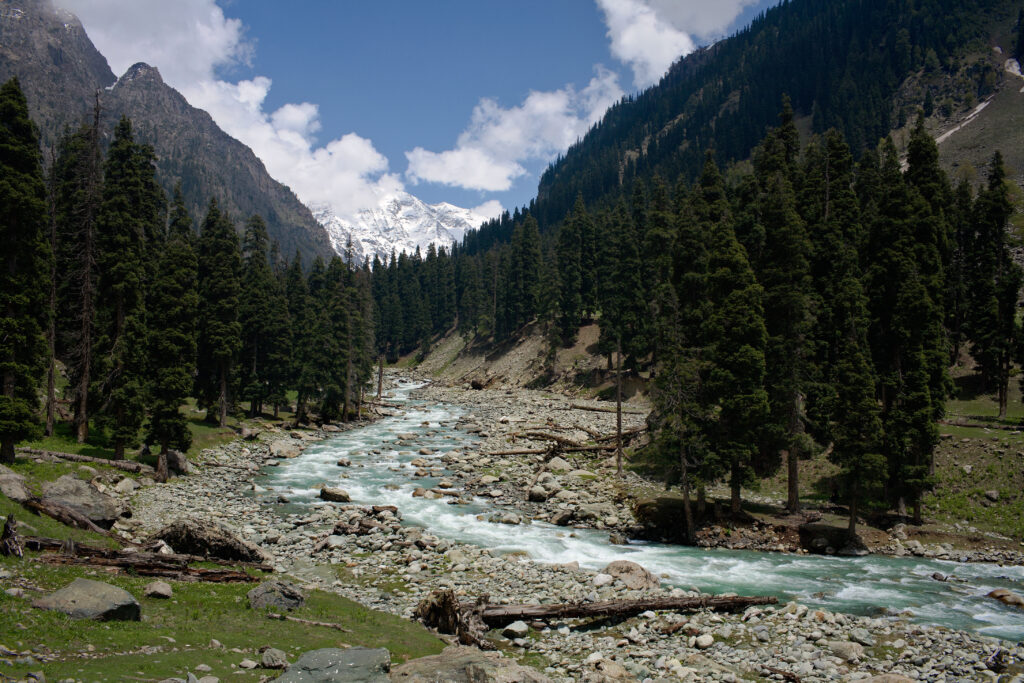
The Lidder River: Pahalgam Travel Guide
The Lidder isn’t just scenery to us – it sustains our communities. Each river section has its own name in our local dialect. These names reflect its character and our relationship with it.
Did You Know? My grandfather belonged to the last generation of traditional river navigators. He could read the Lidder’s currents accurately enough to predict floods three days in advance. He observed subtle changes in water color and sound. Some riverside village elders still practice this dying art.
Riverside Activities
During summer evenings, local men fish with traditional gear. They use hand-carved rods and flies tied using feathers from their own chickens. These techniques remain largely unchanged for centuries. In certain pools known only to locals, elders practice hand fishing. They catch trout with bare hands – a skill requiring decades to master.
Women gather along calmer sections to wash special fabrics and hold important social meetings. These riverside gatherings traditionally host many community decisions.
Joining River Traditions
Rather than just photographing the river, ask to join locals during evening fishing. Many happily demonstrate traditional techniques. Some families still operate small smokehouses. They preserve trout according to ancestral recipes.
Best Time to Visit: We value the river most at dawn (5-6 AM). Mist hovers over the water then. The day’s first light creates colors that inspired many Kashmiri poems. April brings rushing waters from melting snow. This shows nature’s power. October offers clear, gentle flows perfect for seeing the riverbed’s colorful stones.
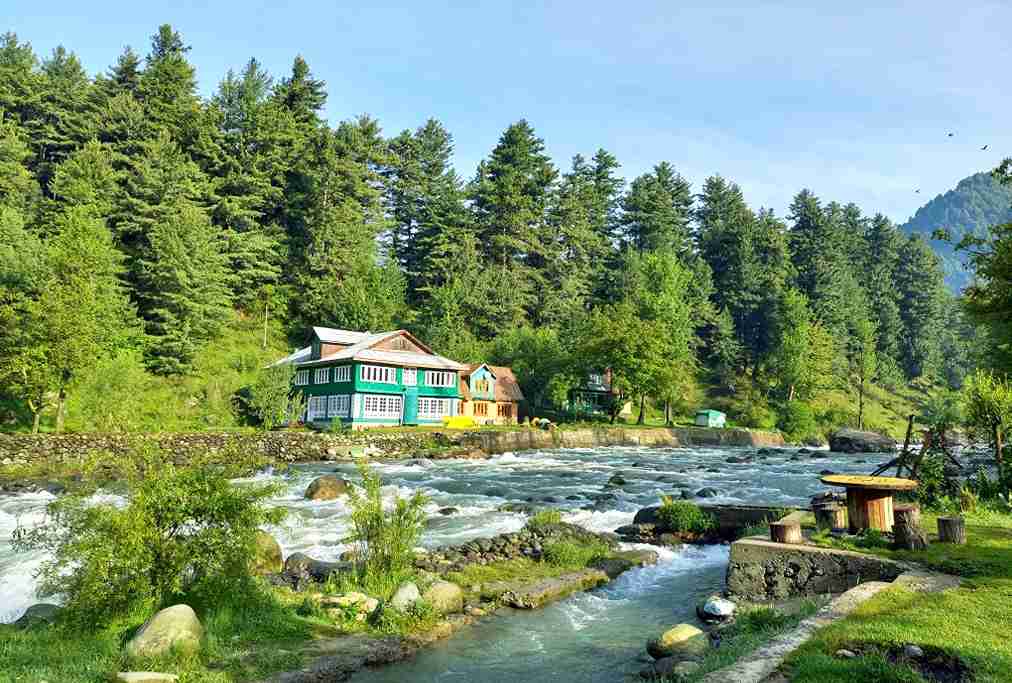
Baisaran: Pahalgam Travel Guide
We locals sometimes call Baisaran “the meadow of our dreams.” Many of us hold childhood memories of endless summer days here. Long before tourists arrived, multiple villages gathered here for seasonal celebrations.
Did You Know? The name “Baisaran” derives from “Bye-Saran” in our dialect, meaning “place of settlement.” Archaeological evidence shows our ancestors used this meadow for summer gatherings for over 2,000 years.
Traditional Practices
During July, older shepherds still bring specific sheep here for grazing. They believe the unique grass mixture produces the best wool for winter garments. You might see village women collecting particular wildflowers. They dry these for traditional wedding ceremonies throughout the year.
One of our oldest traditions occurs in early June. Village elders climb here to watch for specific cloud formations. They believe these predict the monsoon’s strength. While less common today, some families maintain this practice.
Games and Gatherings
Rather than just riding ponies across the meadow, ask your guide about traditional Kashmiri children’s games. Games like “khull khull” (a form of hide and seek) and stone stacking competitions continue among local children on school holidays.
During local holidays, you might witness impromptu cricket matches. Teams from different villages compete using handmade equipment. Visitors showing interest often receive invitations to join.
Best Time to Visit: We locals prefer early morning visits (6-8 AM) when dew covers the grass and wildlife appears most active. Late May brings wildflowers carpeting the meadow. These colors inspired traditional Kashmiri shawl patterns. September offers golden grass against deep blue skies. Our storytellers say these colors represent the balance of earth and heaven.
Sacred Spaces: Heritage and Harmony
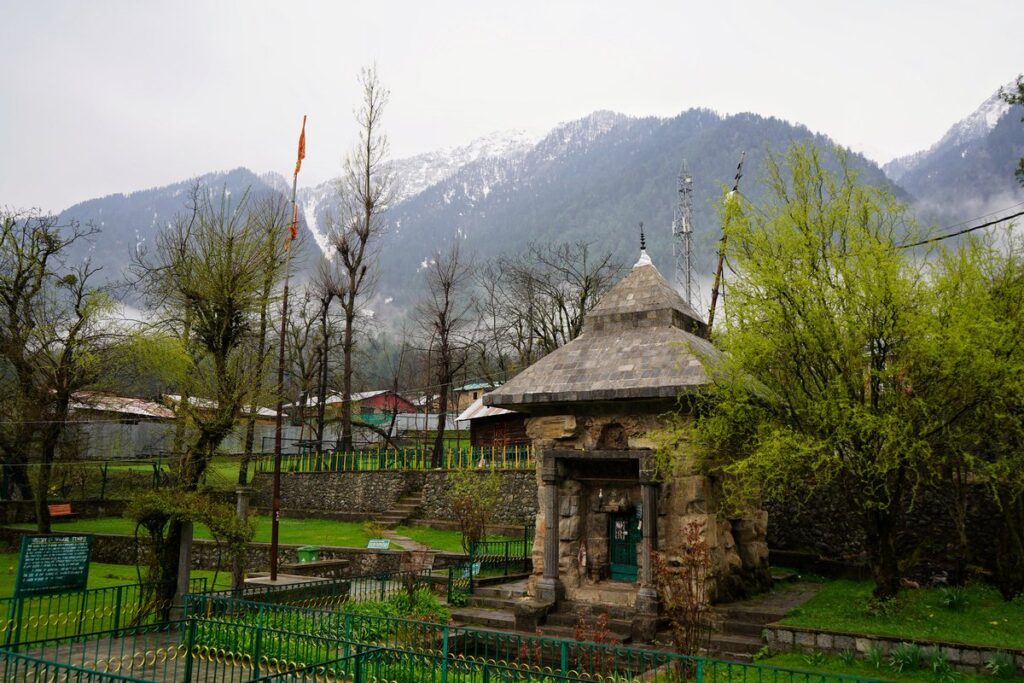
Mamleshwar Temple: Pahalgam Travel Guide
Understanding Kashmir means recognizing how different faiths peacefully coexisted here for centuries. Mamleshwar Temple represents this heritage. It belongs to all Kashmiris regardless of religion.
Did You Know? During troubled times, Muslim families from nearby villages helped protect this temple and its ancient artifacts. My grandfather, though a devout Muslim, visited the temple spring monthly to help clean it. He continued a tradition of interfaith respect that defines true Kashmiri identity.
Spiritual Gatherings
On auspicious days, Hindu families perform centuries-old prayers here. What visitors rarely see: these gatherings often include Muslims from neighboring villages. They join for the communal meals afterward.
During certain full moon nights, elderly Kashmiris from all faiths gather informally. They share folk songs celebrating our common heritage. Travel guides rarely mention these spontaneous gatherings. Yet they embody Kashmir’s true spirit.
Deeper Connections
Rather than just photographing the temple, spend time with the caretaker family. They’ve maintained it for nine generations. They can show you ancient manuscripts from the small attached library. These documents present Kashmiri history from a unique perspective.
Ask about traditional uses for the spring water. Locals collect it in copper vessels for special occasions. Many believe it gains special properties when stored this way.
Best Time to Visit: Early mornings (7-8 AM) bring devout locals for quiet prayers. This creates a genuinely spiritual atmosphere. Winter visits (December-January) hold special significance. The contrast between ancient stone and fresh snow creates what we call “the meeting of permanence and impermanence.” This concept stands central to Kashmiri philosophy.
Ancient Pathways: Pahalgam Travel Guide
Mountain Paths With Stories
The treks around Pahalgam aren’t just tourist activities. They represent ancient routes our ancestors used for trade, pilgrimage, and seasonal migration. Each path carries stories and traditions few outsiders know.
Did You Know? Those markers along trekking routes that tourists think are modern trail signs? They often replace much older cairns. My great-grandparents’ generation maintained these. Shepherds added a stone to these marker piles each time they passed safely. This expressed gratitude to the mountains for safe passage.
Journey Traditions
Before starting difficult journeys like the Kolahoi Glacier trek, many local guides observe a tradition. They share kehwa (Kashmiri saffron tea) with fellow travelers. Then they sprinkle drops on the ground as an offering to the mountains. This centuries-old practice reflects our belief that mountains live and deserve respect.
Along these routes, notice small stone shelters. Shepherd communities built many generations ago. They would repair them annually as a communal activity. Some families still maintain shelters their ancestors built over 200 years ago.
Notable Treks and Their Cultural Significance
Tarsar Marsar Trek
Beyond its beauty, this route connects ancient village communities. They exchanged brides, creating alliances that strengthened regional bonds. Even today, certain families from villages at either end maintain special relationships.
Kolahoi Glacier Trek
Local hunters historically used this path to reach high-altitude hunting grounds. Today, village elders make yearly journeys here. They assess snowmelt patterns that will affect water availability throughout the valley.
Sheshnag to Amarnath Cave Trek
While known for religious significance, this path also served as an important trade route. It connected our valley with regions beyond the mountains. My grandfather could name every rock formation along this path. He knew the stories associated with each.
Trekking Like a Local
Ask your guide about traditional trekking songs. These rhythmic chants helped synchronize breathing and walking pace at high altitudes. Many guides know these songs but rarely share them unless specifically asked.
Consider joining the local tradition. Carry a small stone from your hometown to add to a cairn along the route. This symbolizes your connection to the journey others made before you.
Best Time for Trekking: Local shepherds begin seasonal movements in early June. Then the highest passes become navigable. July-August offers optimal conditions. Traditional knowledge says mountain weather stabilizes most then. Climate change has made these patterns less predictable recently.
Planning Your Visit: Local Insights
Stay Like a Kashmiri
Traditional Accommodations: Consider staying in a traditional Kashmiri home instead of luxury hotels. Many families operate small guesthouses. They cook meals on traditional wood stoves. Bedding includes the same hand-embroidered covers family members use.
Experience a traditional “hamam” (heated floor system) in winter. This has kept Kashmiri homes warm for centuries using minimal wood. Our ancestors developed this ingenious sustainable heating method.
Did You Know? Many Pahalgam guesthouses still maintain “pinjra kari” – intricate wooden lattice work. This serves both decorative and functional purposes. It naturally regulates temperature and creates beautiful shadow patterns throughout the day.
Eat Like a Local
Look beyond tourist restaurants for small family operations. They still cook dishes in traditional copper vessels over wood fires. This gives classics like rogan josh and yakhni a smoky flavor modern kitchens cannot replicate.
Ask about seasonal specialties missing from regular menus. In spring, we prepare special dishes using foraged greens. “Sochal” (wild spinach) and “lisse” (amaranth leaves) grow only briefly each year.
Travel Respectfully
The taxi union system sometimes frustrates tourists. Yet it preserves livelihoods across multiple villages. Using local drivers supports families who served as valley guardians and guides for generations.
Travel Tip from a Local: When hiring a taxi, ask the driver about his village and family history. Many drivers hold local knowledge passed through generations. They know weather prediction techniques and stories about landmark names. This simple question often transforms a ride into a deep cultural exchange.
The Soul of Pahalgam
As a Kashmiri who witnessed both peaceful times and turbulent changes, I can tell you: Pahalgam’s true magic eludes photographs. It lives in the morning mist rising from the Lidder as village women gather water. You’ll find it in evening songs of returning shepherds. Taste it in fresh mountain water drunk from cupped hands.
This guide shares not just where to go but how to experience our home as we do. Approach it with reverence for nature. Respect ancient traditions. Stay open to stories embedded in every rock and flowing stream.
Is Pahalgam Kashmir’s most beautiful valley? As someone born under these mountains, I believe it holds something more valuable than mere beauty. It maintains Kashmir’s authentic soul, largely unchanged despite time’s passage.
We welcome you to experience our Pahalgam not just as a visitor passing through. Come as a guest who might understand why we Kashmiris say: “If there is paradise on earth, it is here, it is here, it is here.”

